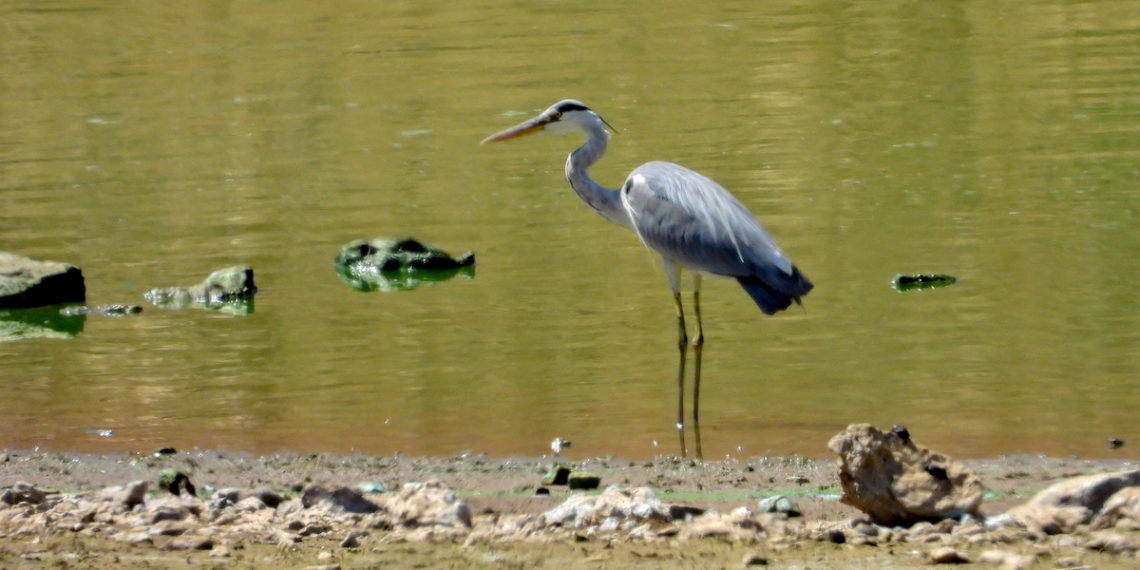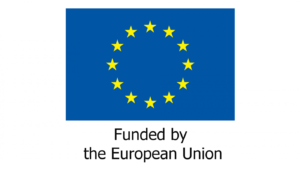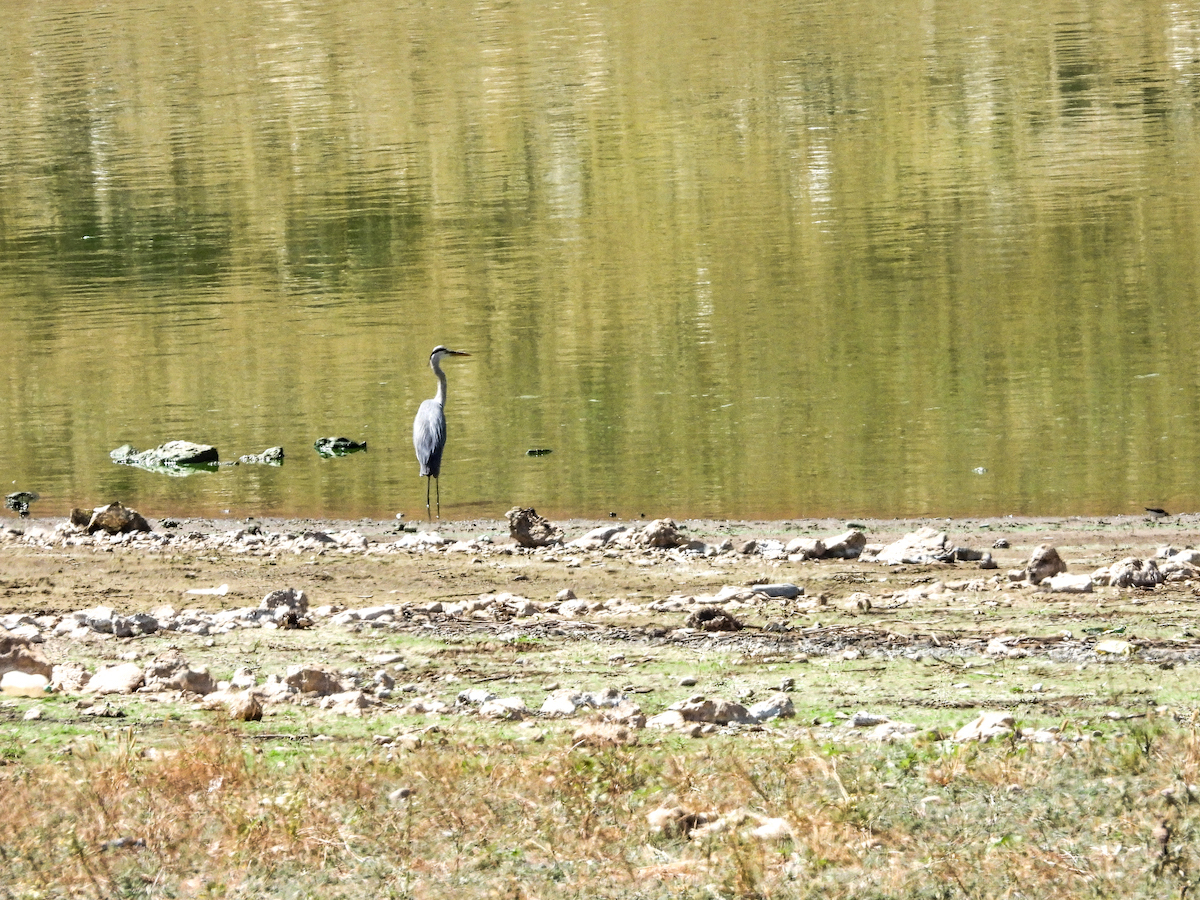
Early signs of autumn migration of birds spotted in West Bekaa
In the framework of “Bioconnect”, a project funded by the European Union, and under the Citizen Science initiative, SPNL is working closely with locals from different Himas to promote monitoring and continuous scientific data.
Every autumn, birds are driven by their instinct and migrate from the northern to the southern hemisphere seeking warmer climates and bigger food sources. Migratory birds have navigated the same routes every year for generations to escape cold conditions, a symbol of the resilience and adaptation of animals in the face of changing environmental conditions.
In Lebanon, this migration is usually observed between the months of September and November. But on Sunday the 23rd of July, SPNL’s bird expert Chadi Saad observed a Gray Heron in the West Bekaa region which, according to him, is unusual and a sign of a possibly early start of the autumn migration of birds this year. Chadi Saad expressed that “[…] normally, we wouldn’t see this species of Heron for another month. We usually see this species from mid-August to the end of February or March.”
Recently, the Glossy Ibis and Purple Heron have been observed during the breeding period in the Ammiq reserve. When asked if this Gray Heron could be a leftover breeding individual, Chadi Saad responded that “It’s possible that this individual is a leftover breeder, but I did not see any chicks.”
Climate change is a probable reason explaining this early individual in West Bekaa, as warmer temperatures earlier in the year and decreasing water sources are affecting the timing and the paths of bird migration.
Citizen data is very important to study the effects of climate change on bird species because a big number of citizens can obviously cover many more areas and time frames than a few bird experts performing their usual field surveys. Chadi Saad remarked that “[…] there is not a single day in Lebanon, where we don’t see birds […]” regardless of the conditions, the season, or the location, emphasizing the possibility for birding and birdwatching to become a common activity among local communities.


